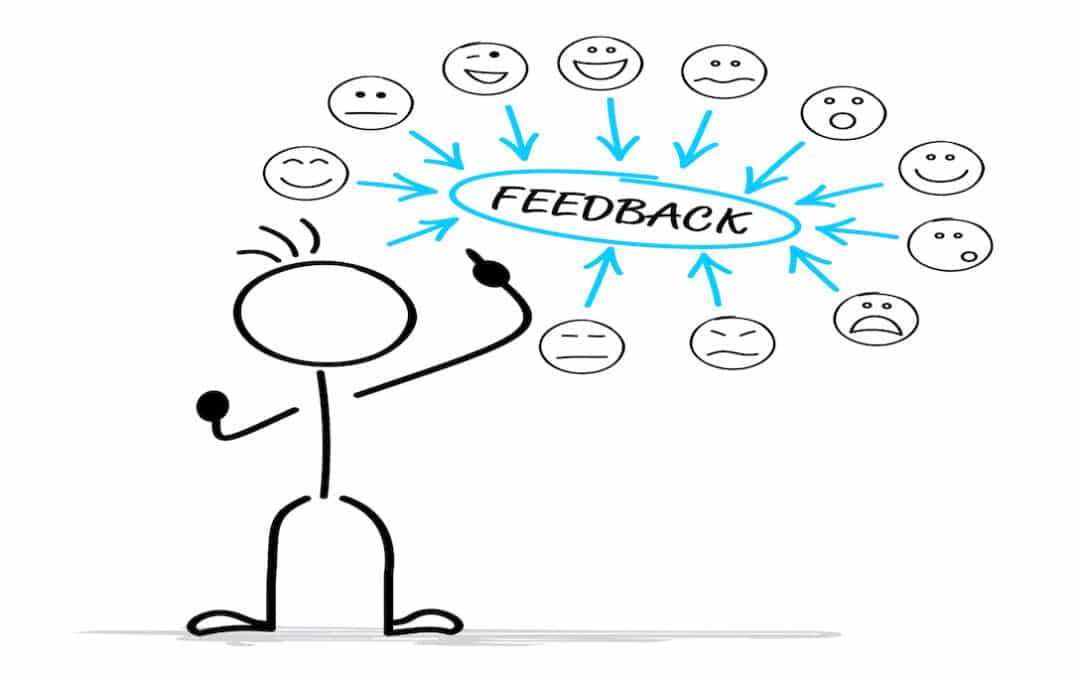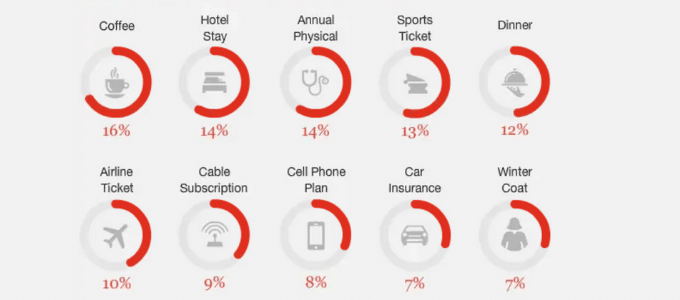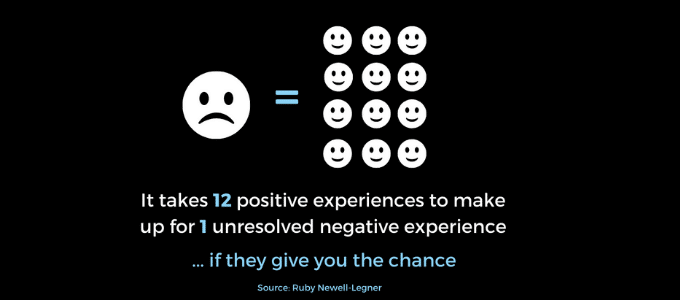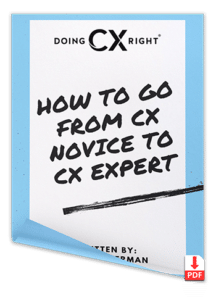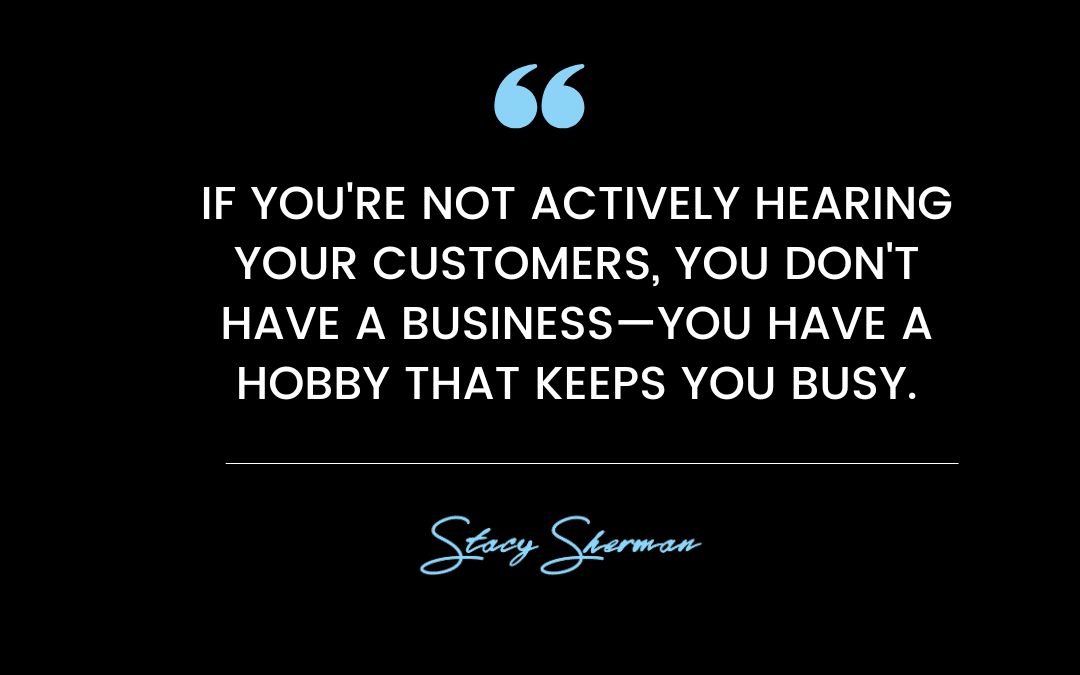
The Secret to Keeping Customers Coming Back: How to Master the Voice of Customer
Let’s Talk About Why Customers Leave
You’re doing everything right—your product is great, your team is working hard, and yet, customers are still leaving. It feels personal, doesn’t it? Like no matter how much effort you put in, something is missing.
Here’s the deal: customers don’t just leave because of price or competition. They leave because they don’t feel valued. They don’t feel heard. And that’s where the Voice of Customer (VoC) comes in—not as another business buzzword, but as the missing piece in how you build real relationships with the people who keep your business alive.
The Real Meaning of Listening
Most companies think they’re listening. They send out surveys, they track reviews, they have customer service reps logging complaints. But let’s be honest—does any of that actually feel personal? Does it make your customer feel like they’re in a relationship with your brand?
Real listening means:
- Understanding what customers actually need—not just collecting generic feedback.
- Taking action on what they tell you so it leads to real change.
- Proving you care by following up and showing them their voice matters.
When customers see that you’re listening and responding, their trust in your brand grows. And trust is what keeps them from leaving for your competition.
Getting Leadership to Buy In: Show the Money
Let’s be honest—getting executives to invest in customer experience is tough. Why? Because “better customer experience” sounds nice, but it doesn’t scream profit to them.
If you want leadership to take VoC seriously, you need to connect it to numbers that move the needle:
- Customer Lifetime Value (CLV): Show how listening keeps customers longer and makes them more valuable over time.
- Churn Rates: Prove that understanding why customers leave can help prevent it.
- Referrals & Repeat Business: Demonstrate how happy customers bring in more revenue.
Executives don’t invest in customer sentiment. They invest in business growth. Make the connection clear, and they’ll pay attention.
Listening Beyond the Survey
Surveys aren’t enough anymore. Customers are over them. If you want real insights, you need to go deeper:
- Have real conversations. Pick up the phone, schedule video calls, and ask open-ended questions.
- Watch what they do. Analyze behavior patterns, support tickets, and product interactions.
- Listen where they already talk. Social media, review platforms, and online communities are goldmines for unfiltered feedback.
- Close the loop. Don’t just collect insights—respond, take action, and let customers know their voice made an impact.
The companies that do this don’t just retain customers. They create brand advocates who stick around and bring others with them.
Start Small, Scale What Works
A strong VoC program doesn’t happen overnight. The best companies start with small, focused actions and scale based on results.
Here’s how to get started:
- Run a pilot program. Pick a segment of customers, gather feedback, and test improvements.
- Learn and adapt. Find out what resonates most with customers and refine your approach.
- Make it a habit. Listening should be ongoing, not a one-time initiative. Keep improving and evolving.
It’s Not Just Data—It’s Relationships
At the core of VoC is this simple truth: customers want to feel like they matter. The companies that master VoC aren’t just collecting data; they’re creating relationships.
Want to learn more about Voice of Customer the right way? Listen to my Doing CX Right® Podcast featuring Tzachi Ben-Sasson, Head of Amdocs Global Voice of the Customer program. Topics include:
- Why most companies fail at truly listening to customers (and how to fix it).
- Why NPS might not be the best metric for your business.
- Real-world strategies for turning customer feedback into business success.
Learn more here.
Free Gift For You:
Do you want to know if your customer experience creates loyal advocates who genuinely love your brand?
Are your employees inspired to champion your mission as others in your industry view you as the gold standard they strive to reach?
Take my FREE CX Assessment to uncover:
- Barriers limiting your brand’s growth and impact.
- Factors that drive stronger customer connections and deeper loyalty.
- Strategies to create meaningful experiences that set your brand apart.
Doing customer experience the right way can transform your business and enrich the lives of the people you service. Don’t leave it to chance.


